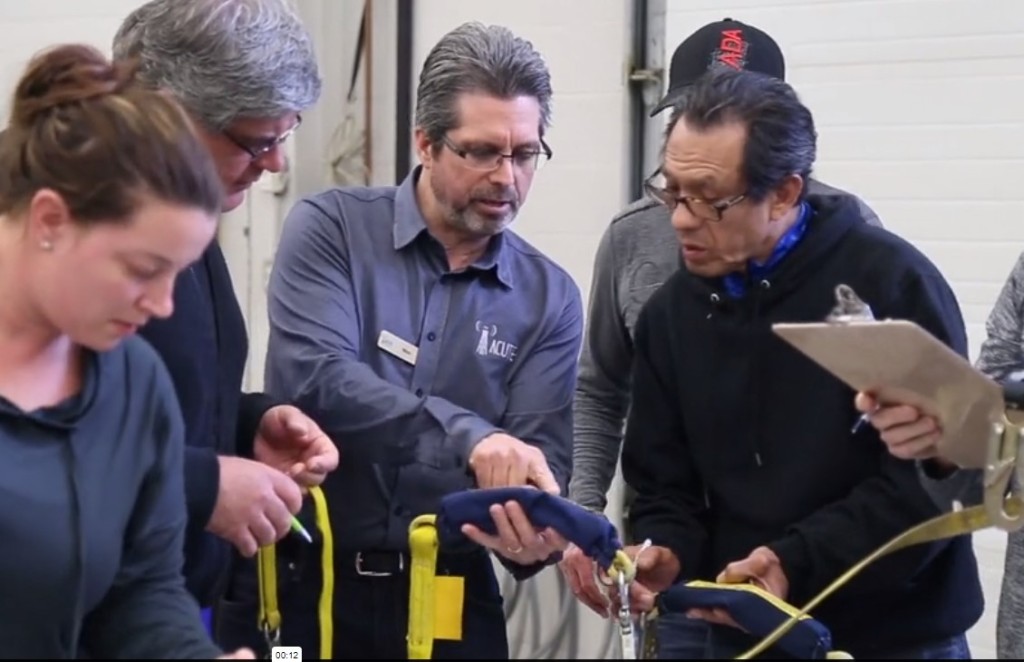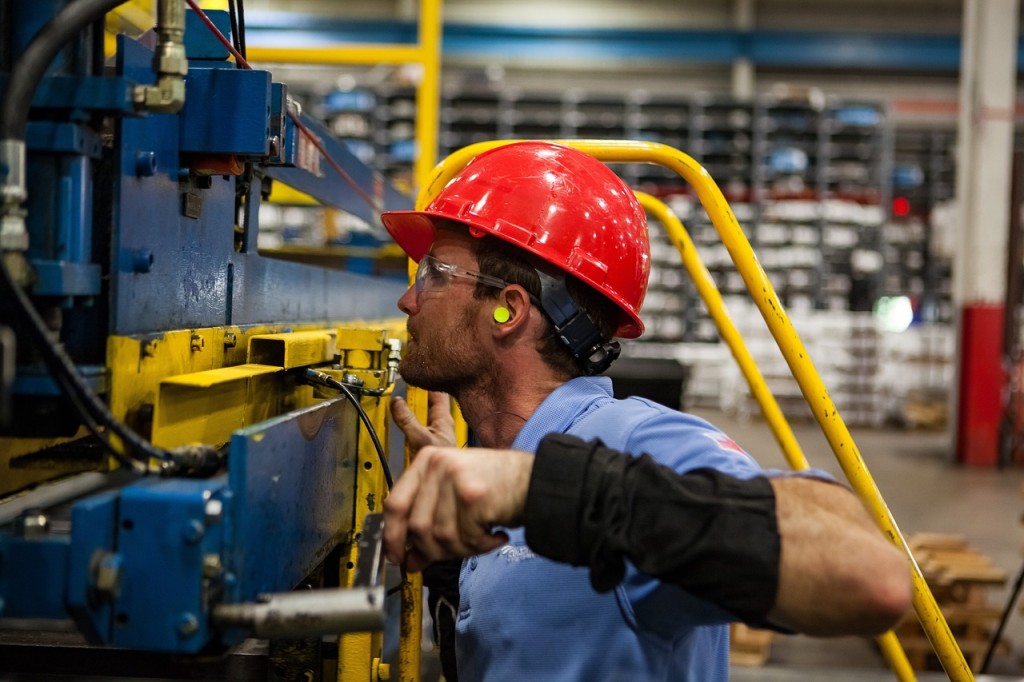Workplace training plays a crucial role in keeping employees safe and reducing accidents. However, just going through the motions of training sessions isn’t enough—people need to absorb, remember, and apply what they learn. That’s where psychology comes in.
By tapping into how people form habits, respond to reinforcement, and engage with learning, businesses can make safety training more effective and lasting. Gamification, storytelling, and interactive learning techniques don’t just help employees memorize facts; they make training engaging and practical so that safety becomes second nature.
Let’s explore how psychology can be used to improve workplace training and create a safety-first mindset that sticks.
Click on the links below to learn more.
- The Psychology of Habit Formation in Safety Training
- Reinforcement: The Key to Lasting Learning
- Gamification: Making Workplace Training More Engaging
- The Power of Storytelling in Safety Training
- Interactive Learning: Beyond Traditional Lectures
- Making Safety Training Stick: Practical Strategies
If you’re ready to improve workplace training, contact us for expert advice and resources tailored to your organization’s needs.
1. The Psychology of Habit Formation in Safety Training
One of the most effective ways to improve workplace safety is by turning safe behaviors into habits. The science behind habit formation suggests that behaviors become automatic when they follow a three-step process:
- Cue: This is a trigger that reminds a person to take action. In a workplace setting, cues could be safety signs, alarms, or even a checklist employees review before starting a task.
- Routine: The action itself, such as wearing safety goggles, following lockout procedures, or checking equipment before use.
- Reward: Positive reinforcement that strengthens the behavior. This can be as simple as a verbal “Good job!” from a manager, or a more structured recognition program.
By designing workplace training around this cycle, companies can help employees form habits that stick. The more they repeat safe behaviors and receive positive reinforcement, the more natural those behaviors become over time.
2. Reinforcement: The Key to Lasting Learning

Reinforcement plays a crucial role in making training effective. If employees don’t get feedback or acknowledgment, they may forget or ignore what they’ve learned.
B.F. Skinner’s theory of operant conditioning suggests that behaviors followed by reinforcement are more likely to be repeated. So, how can this be applied to workplace training?
- Immediate feedback: Employees should get quick, clear feedback when they demonstrate safe behaviour, or when they make mistakes. Instead of waiting for an annual safety review, supervisors can give real-time guidance.
- Recognition programs: Acknowledging and rewarding employees who consistently follow safety protocols can boost motivation. This could be as simple as a monthly “Safety Star” award or offering incentives for reporting hazards.
- Regular safety refreshers: Training shouldn’t be a one-time event. Frequent, small reminders—like weekly toolbox talks or refresher quizzes—help reinforce lessons and prevent knowledge from fading.
The key is to create a culture where safe behaviors are recognized and rewarded, encouraging employees to consistently prioritize safety.
3. Gamification: Making Workplace Training More Engaging
The rise of remote and hybrid work has introduced new challenges for occupational safety. By 2030, expect laws to address ergonomic issues, mental health, and digital security. While remote employees may not face traditional workplace hazards, long hours at poorly designed home workstations can lead to musculoskeletal disorders.
Mental health will also become a more prominent aspect of workplace safety. Employers will likely be required to provide mental health resources, counseling, and regular wellness check-ins. Additionally, cybersecurity regulations may expand to ensure remote employees follow proper data protection protocols.
Future Changes May Include:
- Employer-provided ergonomic assessments for home offices
- Enhanced mental health support programs
- Cybersecurity protocols to protect remote workers’ data
- Virtual safety training and compliance certifications
- AI-powered mental health assessment tools
- Wearable technology to monitor posture and activity levels
Companies should establish remote work safety policies and provide employees with resources to maintain a healthy and secure workspace. Ergonomic assessments, standing desks, and proper screen positioning are simple yet effective ways to minimize remote work-related injuries.
4. The Power of Storytelling in Safety Training

People remember stories far better than they remember statistics or bullet points.
Instead of just listing rules, trainers can use storytelling to make safety lessons more relatable and impactful.
For example, instead of saying, “Always use fall protection,” a trainer could share a true story about a worker who was seriously injured because they skipped that step. Hearing real-world consequences makes safety protocols feel more personal and urgent.
Stories also help employees emotionally connect to safety messages. Whether it’s a personal anecdote, a video testimonial, or a reenactment of a real-life accident, storytelling makes lessons more engaging and memorable.
5. Interactive Learning: Beyond Traditional Lectures

Sitting through long, lecture-style presentations isn’t the most effective way to teach safety. People learn better when they actively participate in training. Here are some ways to make learning more interactive:
- Hands-on training: Let employees practice using equipment, handling hazardous materials, or responding to emergencies. Doing something firsthand is far more effective than just hearing about it.
- Role-playing exercises: Employees can act out different safety scenarios, such as evacuating during a fire drill or handling a workplace injury. This helps them build confidence in responding to real-life situations.
- Collaborative discussions: Group discussions and problem-solving exercises allow employees to share their experiences, ask questions, and learn from each other.
Interactive training not only improves retention but also helps employees feel more engaged in the learning process.
6. Making Safety Training Stick: Practical Strategies
To ensure that employees retain and apply what they learn, companies should focus on reinforcing safety messages over time. Here are some practical strategies to help training stick:
- Use spaced repetition: Instead of one long training session, break lessons into smaller chunks and revisit them periodically.
- Make it relevant: Training should be specific to the workplace and the risks employees actually face. The more relevant the training, the more likely employees are to take it seriously.
- Encourage peer accountability: A strong safety culture includes employees looking out for one another. Encouraging peer feedback and team-based safety initiatives can reinforce good habits.
- Leverage technology: E-learning platforms, mobile apps, and digital reminders can help reinforce safety messages outside of formal training sessions.
- Measure and adjust: Training effectiveness should be tracked through surveys, observations, and incident reports. If something isn’t working, it’s important to refine and improve the program.
Workplace training isn’t just about checking boxes—it’s about creating real, lasting behavior change. By applying psychological principles like habit formation, reinforcement, gamification, storytelling, and interactive learning, companies can make safety training more engaging, memorable, and effective.
When employees truly internalize safety principles, they don’t just follow the rules – they develop a safety-first mindset that keeps everyone protected. Investing in well-designed training programs isn’t just a regulatory necessity – it’s a crucial step toward building a safer and more productive workplace.
Stay On Top of Workplace Training and Safety With ACUTE
ACUTE Environmental & Safety Services is excited to announce its partnership with SafetyCo Partners, a leader in integrated health and safety solutions.
This investment will expand ACUTE’s Waterloo Safety Centre of Excellence, doubling our capacity to deliver confined space services and allowing us to train 10,000 more workers annually across the construction, manufacturing, and industrial sectors.
With nearly 30 years of experience, ACUTE remains committed to delivering hands-on, experience-driven safety and workplace training—now with enhanced resources and technology to help even more workers stay safe on the job.

